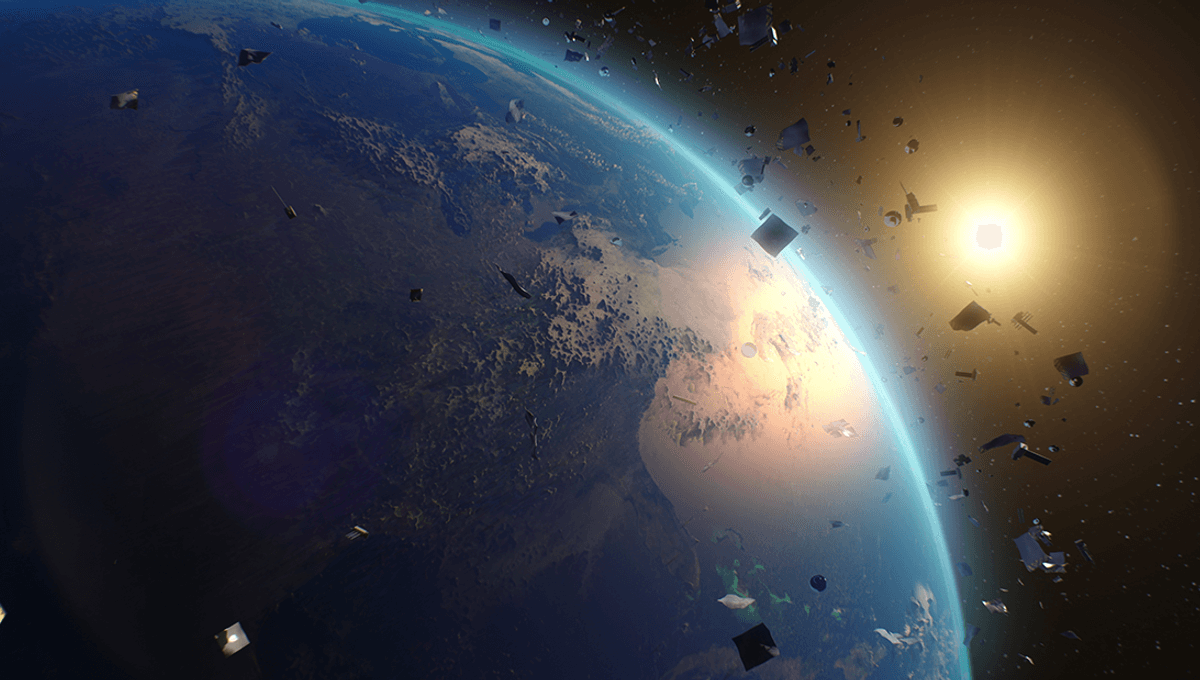
China has had a bit of a mixed bag in terms of space exploration over the last few years. Following on from several successful missions to recover samples from the Moon, in June the space-faring nation saw one rocket explode after accidentally launching it during a static test.
Now it appears that a rocket used to deliver the first 18 of a planned megaconstellation of satellites has broken apart in low-Earth orbit, sending hundreds of pieces of debris hurtling around the Earth. The Qianfan Constellation project aims to put 14,000 satellites into low-Earth orbit, in order to deliver a satellite broadband network similar to SpaceX’s Starlink.
While the rocket delivered the first satellites into orbit, the upper stage of the rocket broke apart shortly afterwards, creating a cloud of debris. The debris likely poses no threat to people on Earth, but the US Space Force is keeping a close eye on debris large enough to be trackable.
“US Space Com can confirm the break-up of a Chinese Long March 6A rocket launched on Aug. 6, 2024, resulting in over 300 pieces of trackable debris in low-Earth orbit,” US Space Command said in a statement posted to X (Twitter). “US Space Com has observed no immediate threats and continues to conduct routine conjunction assessments to support the safety and sustainability of the space domain.”
While larger, trackable pieces of debris are more of a concern, there are likely smaller pieces of the rocket now in Earth orbit which can only really be tracked through impacts on spacecraft.
“Large orbital debris (> 10 cm [3.9 inches]) is tracked routinely by the U.S. Space Surveillance Network. Objects as small as 3 mm can be detected by ground-based radars, providing a basis for a statistical estimate of their numbers,” NASA explains. “Assessments of the population of orbital debris smaller than 1 mm can be made by examining impact features on the surfaces of returned spacecraft, although this has been limited to spacecraft operating in altitudes below 600 km [373 miles].”
Debris is becoming a bit of a problem in Earth’s orbit – it’s never a great sign when space agencies set up hotlines in case space debris lands on your property. We are a messy species, and low-Earth orbit is apparently no exception to our “we’ll clean that up later” rule.
One concern about the debris is that it could cause the “Kessler Effect” (or Kessler Syndrome). Simply put, the Kessler Effect is where a single event (such as an explosion of a satellite) in low-Earth orbit creates a chain reaction, as debris destroys other objects in orbit. Should this happen, the debris could keep colliding with other objects, potentially causing communication problems and leaving areas of space inaccessible to spacecraft.
Essentially, it could end up like the film Gravity, but with less George Clooney doing great eyebrow work and more “Hey what happened to my GPS”. At worst, some speculate it could essentially trap us here on Earth, unable to leave.
Space agencies around the world are trying to address the problem, including Japan’s Active Debris Removal mission which completed the first stage of its mission earlier this year. The idea is to eventually have a spacecraft that can track space debris and push it into a safe de-orbit. As the latest space incident shows, we need it.
Source Link: US Space Force Monitoring Situation After Chinese Rocket Explodes In Low-Earth Orbit